Cure for Dog Skin Allergies Owners Often Miss
Cure for dog skin allergies: you can often control and greatly reduce your dog’s skin allergy symptoms by finding the trigger, treating inflammation, and supporting skin health with diet and topical care.
I’ve worked with dogs in clinics and seen owners get real relief when they follow a clear plan.
It’s tough to watch a dog scratch non-stop, and you’ll want a solid path forward.
Below I show step-by-step actions, vet-backed options, and safe home remedies that I’ve used or recommended in practice.
Table of Contents
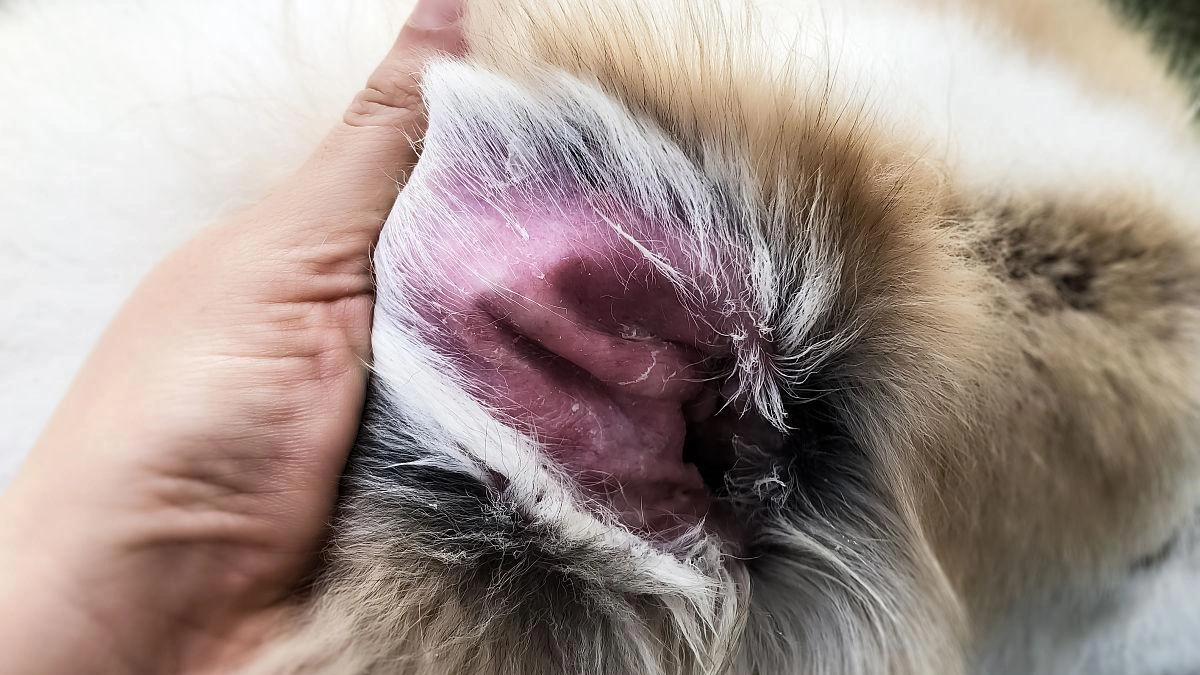
What Causes Skin Allergies in Dogs?
Skin allergies in dogs can come from the environment, food, parasites, or contact with harsh chemicals.
You need to know the common triggers so you can target treatment and prevention.
In my clinic, I often see dogs with more than one trigger—so a full check is important.
Environmental Triggers
Pollen, mold, and dust mites that stick to fur and bedding.
Grass and weed pollen after outdoor walks.
Household dust and perfumes that irritate sensitive skin.
Food-Related Causes
Common foods like chicken, beef, dairy, wheat, and soy can trigger reactions.
Food sensitivity shows up as itchy skin, ear problems, or digestive changes.
An elimination diet helps find the problem food when done strictly.
Parasites and Contact Irritants
Flea bite allergy is one of the most common and harsh triggers.
Certain shampoos or lawn chemicals may cause contact dermatitis.
Always rule out fleas and mites first — they are quick to fix and often the cause.
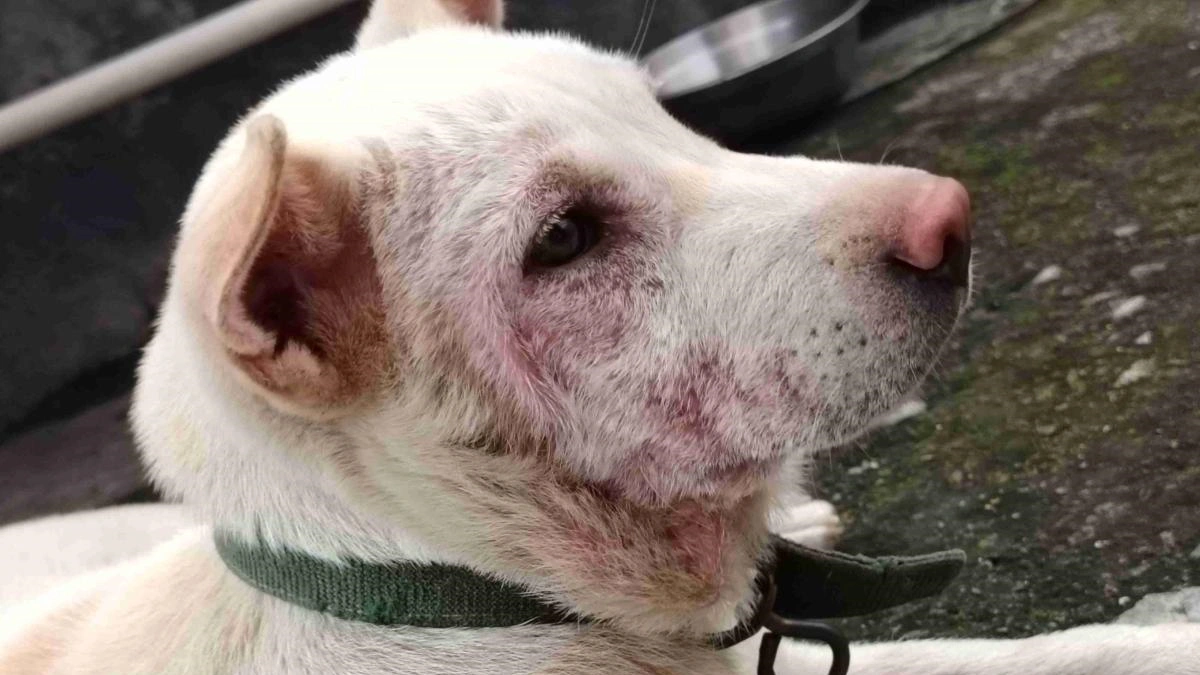
How Do I Know If My Dog Has Skin Allergies?
Look for repeated scratching, red or raw patches, hair loss, and frequent ear issues.
These signs usually mean your dog has a skin allergy or a related skin problem.
If it lasts longer than a week, a vet visit is the safe next step.
Visible Signs
Constant licking or chewing at paws and belly.
Red, scabby spots or bald patches in the same places.
Hot spots that appear suddenly and get worse fast.
Behavior and Secondary Issues
Frequent head shaking or ear odor indicates ear inflammation.
Poor sleep from itching makes dogs cranky or restless.
Secondary infections (bacterial or yeast) often follow untreated itch.
When to See the Vet
If wounds or infections appear, you need a vet exam and possibly medication.
Allergy testing can identify environmental triggers for long-term care.
Elimination diets must be guided to avoid false results or nutrient gaps.
How Are Dog Skin Allergies Treated?
Treatment blends short-term relief with long-term fixes like diet or immunotherapy.
Your vet will tailor the plan to your dog’s needs and test results.
I often start with simple fixes, then add longer plans if needed.
Immediate Relief Options
Antihistamines or short steroid courses reduce severe itch and swelling.
Medicated shampoos treat infections and calm inflamed skin.
Topical barrier creams protect hot spots while they heal.
Long-Term Management
Hypoallergenic or limited-ingredient diets to remove food triggers.
Omega-3 supplements and probiotics to rebuild skin health.
Allergen-specific immunotherapy (shots or drops) for lasting change.
Advanced Care
Skin biopsies or specialist referral if the cause is unclear or severe.
Surgical or dermatologic treatments for chronic scarred areas.
Regular follow-up checks to adjust doses and products.
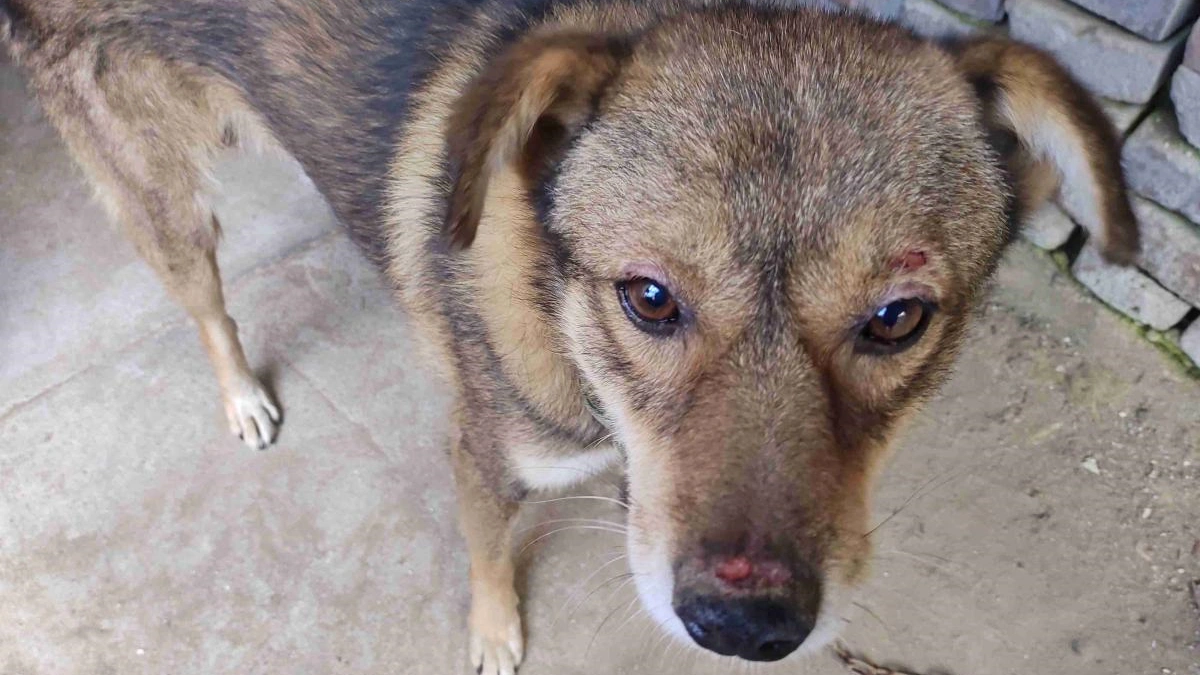
What Is the Best Home Remedy for Dog Skin Allergy?
The best home remedy soothes inflammation and protects the skin barrier, while you work with your vet on the root cause.
Simple, gentle care often brings big relief.
I’ve seen oatmeal baths and omega-3s help many dogs in my practice.
Soothing Baths
Colloidal oatmeal baths calm itch and redness quickly.
Use lukewarm water and let your dog soak for 5–10 minutes.
Pat dry and apply a vet-approved moisturizer to avoid drying the skin.
Topical Helpers
Pure aloe vera cools and hydrates without harsh chemicals.
Diluted apple cider vinegar can help yeast-prone skin (avoid open sores).
Coconut oil applied lightly can reduce microbes and boost hydration.
Oral & Nutritional Support
High-quality fish oil (EPA/DHA) cuts inflammation over weeks.
Probiotics support gut-skin health and immune balance.
Consult your vet on brands and dosing for safety and effectiveness.
How To Prevent Dog Skin Allergies
Prevention focuses on reducing triggers and keeping skin healthy with routine care.
Small daily actions make a big difference over time.
For many owners, prevention means less vet visits and a happier dog.
Daily and Weekly Routines
Brush your dog outside to remove dander and loose hair.
Wash bedding and soft toys weekly in hot water to remove mites and pollen.
Wipe paws after walks to stop pollen or lawn chemicals from coming inside.
Diet and Supplements
Feed a balanced diet rich in omega-3s and free from frequent fillers.
Rotate proteins slowly if you suspect a developing sensitivity.
Use vet-recommended supplements to support the skin barrier.
Home Environment Controls
Run HEPA filters in bedrooms and living rooms to cut airborne allergens.
Keep humidity moderate—yeast likes a moist environment.
Use gentle, unscented cleaners and avoid perfumed fabric treatments.
Step-By-Step Plan To Cure Dog Skin Allergies
Follow a structured plan: rule out parasites, try a diet trial, treat infections, and rebuild skin health.
Stick with each step for a few weeks to see real results.
I recommend keeping a symptom diary during the process.
Week 0–2: Rule Out Fleas and Infections
Apply vet-approved flea preventives and check for mites.
Treat any secondary infections promptly with vet guidance.
Start gentle oatmeal baths to soothe inflamed skin.
Week 3–6: Diet Trial and Support
Begin a strict elimination diet or novel-protein food as your vet suggests.
Add omega-3 supplements and a probiotic to aid healing.
Record changes in itch, coat shine, and stool quality in a diary.
Week 7–12: Reassess and Long-Term Steps
If you see improvement, re-challenge foods carefully under vet guidance.
If no change, consider allergy testing or immunotherapy options.
Keep a maintenance routine to prevent relapse—grooming and nutrition matter.
Everything Our Vets Recommend
Cure for Dog Skin Allergies + FAQs
Can dogs have skin allergies?
Yes, many dogs have skin allergies from food, fleas, or environmental factors.
A vet exam will show whether it’s allergy-related or another skin disease.
Early diagnosis helps you start the right plan faster.
How do I know if my dog has skin allergies?
Persistent scratching, hot spots, hair loss, and recurring ear problems are common signs.
Keep a record of when symptoms worsen to help your vet pinpoint triggers.
Testing and diet trials are the usual next steps.
What causes skin allergies in dogs?
Common causes include pollen, dust mites, fleas, and food proteins like chicken or beef.
Sometimes multiple triggers act together and make symptoms worse.
A stepwise approach reveals the most likely causes over time.
What is the best home remedy for dog skin allergy?
Oatmeal baths, topical aloe for dry spots, and fish oil supplements often give good relief.
These options help while you work with your vet on longer-term fixes.
Always test small areas and get vet approval for oral supplements.
How are dog skin allergies treated long-term?
Treatment usually combines dietary change, skin barrier repair, and allergen avoidance.
Immunotherapy can provide lasting improvement for environmental allergies.
Regular follow-ups keep the plan working well for your dog.
Conclusion & Practical Tips
When you tackle the causes, treat infections, and support the skin, many dogs recover from chronic allergy problems.
Be patient—most plans take 6–12 weeks to show real change.
My practical tips: trim nails to reduce trauma, run a HEPA filter, and start weekly oatmeal baths after vet approval.
Quick action checklist:
Rule out fleas and mites first.
Start a symptom diary and photo log.
Speak with your vet about an elimination diet and omega-3 supplements.
You May Like:
- Can Allergies in Dogs Cause Diarrhea and Vomiting? Explained
- Allergies in Pit Bulls — Causes, Symptoms, and Treatments
- 2025 Picks: Best Dog Food for Pitbulls with Skin Allergies
- Allergic Reaction to Fleas on Dogs: What Vets Wish You Knew
User Comments
Does flea treatment kill ear mites too?
Can dogs take human probiotics?
Can dogs have people probiotics safely?
Related Articles
View all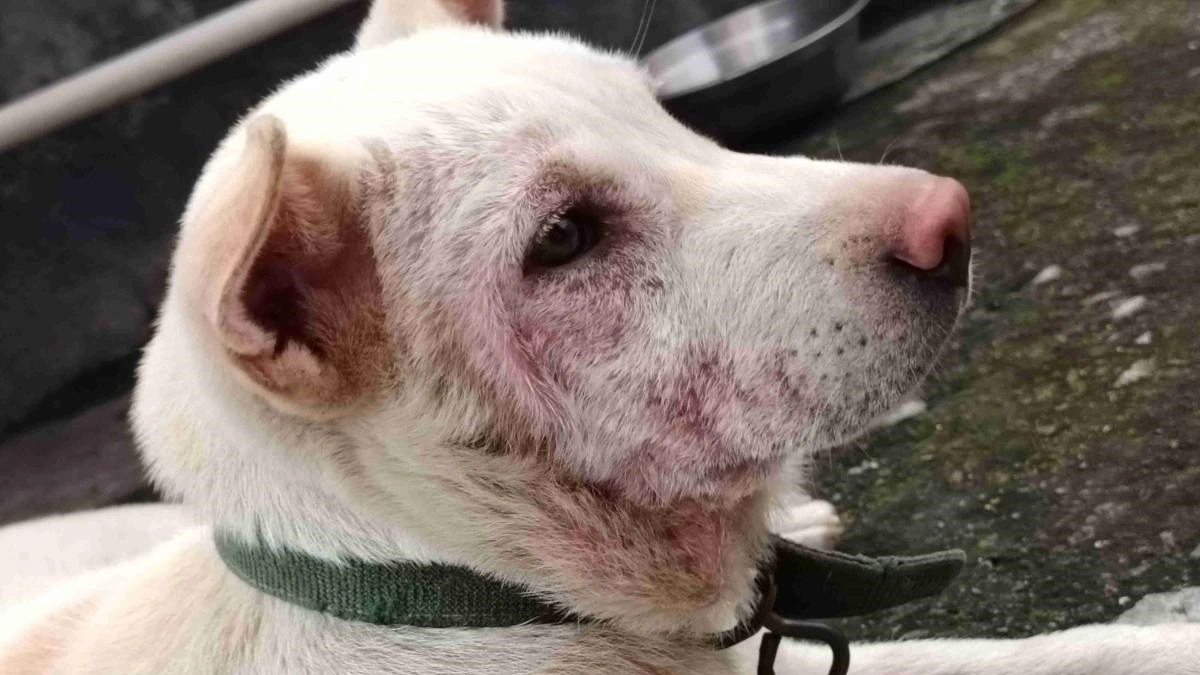
How to Get Rid of Dog Allergies Naturally: Common Mistakes

Dog Allergic Reaction Eye Swelling: Hidden Mistakes to Avoid
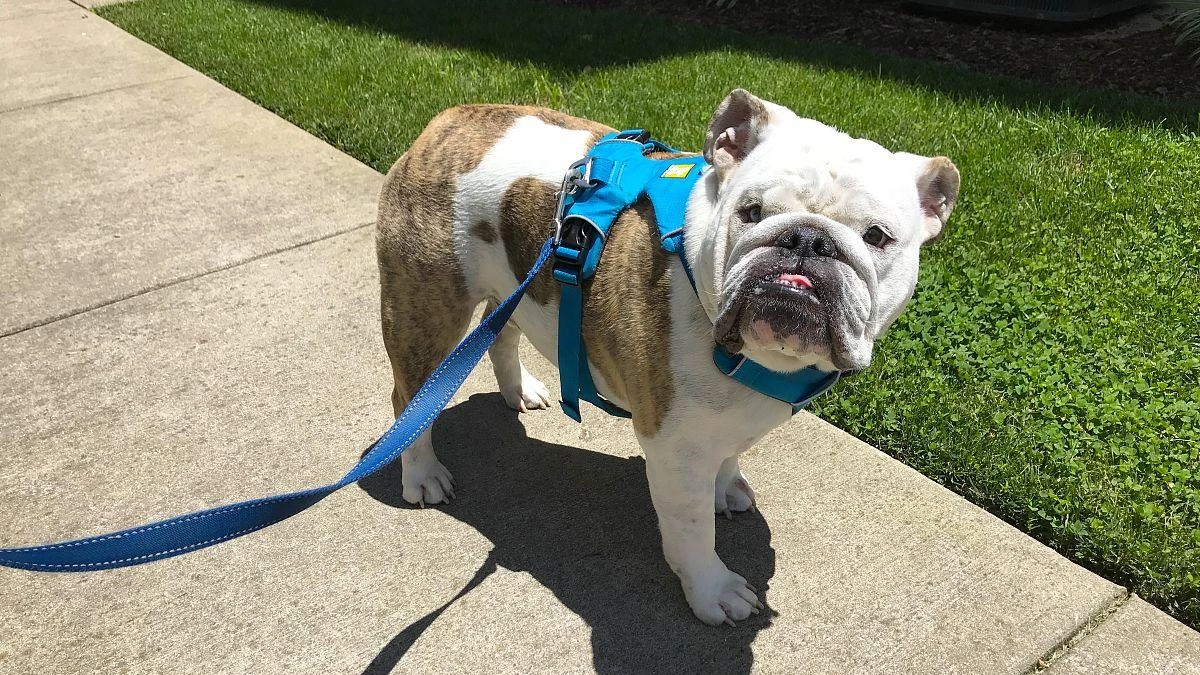
Why Do Bulldogs Scratch? Bulldog Skin Allergies Guide

Cure for Dog Skin Allergies Owners Often Miss

How to Get Rid of Dog Allergies Naturally: Common Mistakes

Dog Allergic Reaction Eye Swelling: Hidden Mistakes to Avoid

Why Do Bulldogs Scratch? Bulldog Skin Allergies Guide

Cure for Dog Skin Allergies Owners Often Miss
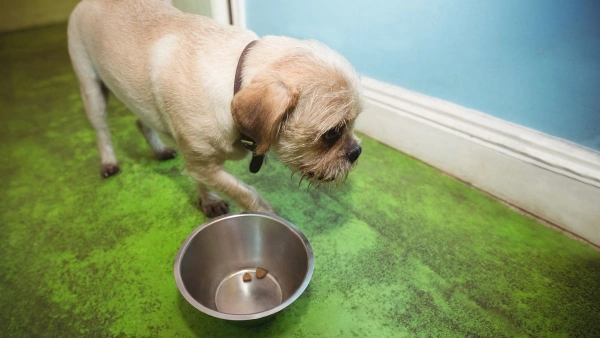
Vet-Recommended Wet Dog Food for Sensitive Stomachs — 2025 Guide
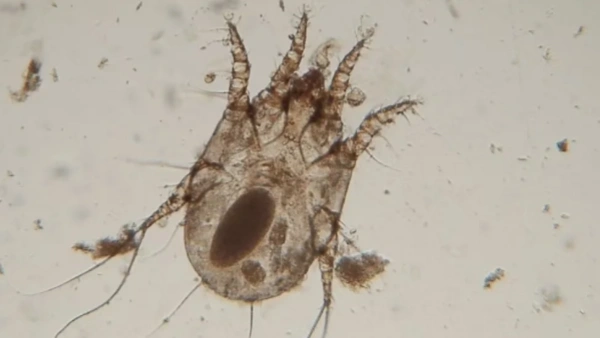
Dog Dust Mite Allergy: Symptoms, Treatment, Prevention

Can Allergies in Dogs Cause Diarrhea and Vomiting? Explained

10 Pitbull Health Problems You Should Know in 2025 — Tips


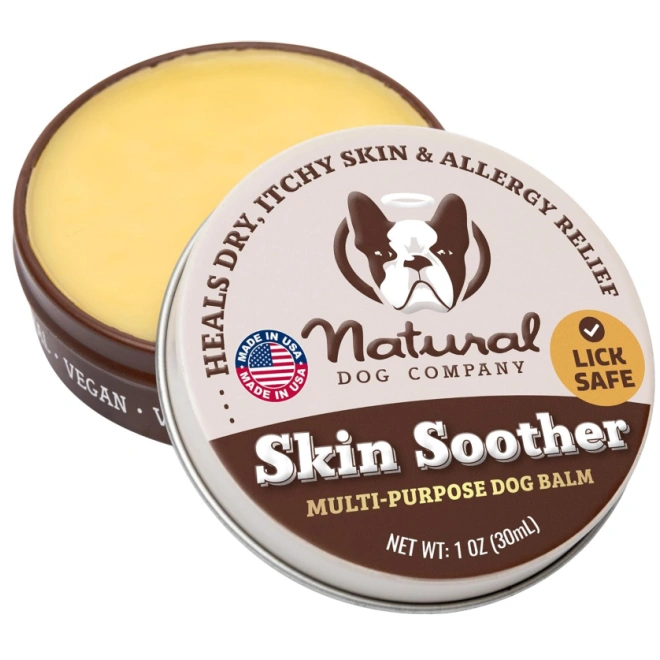
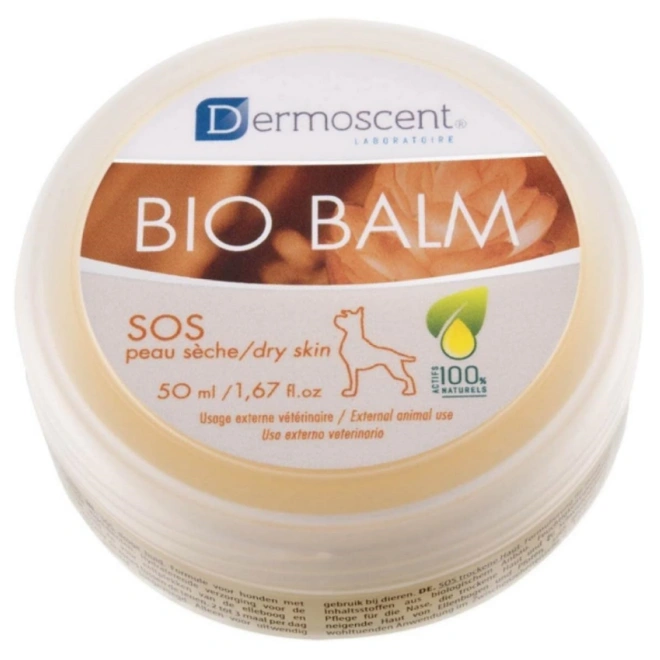
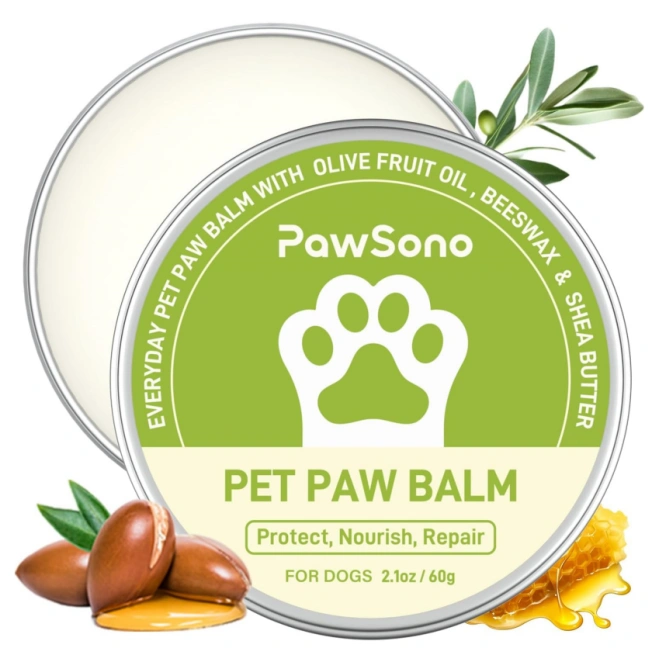
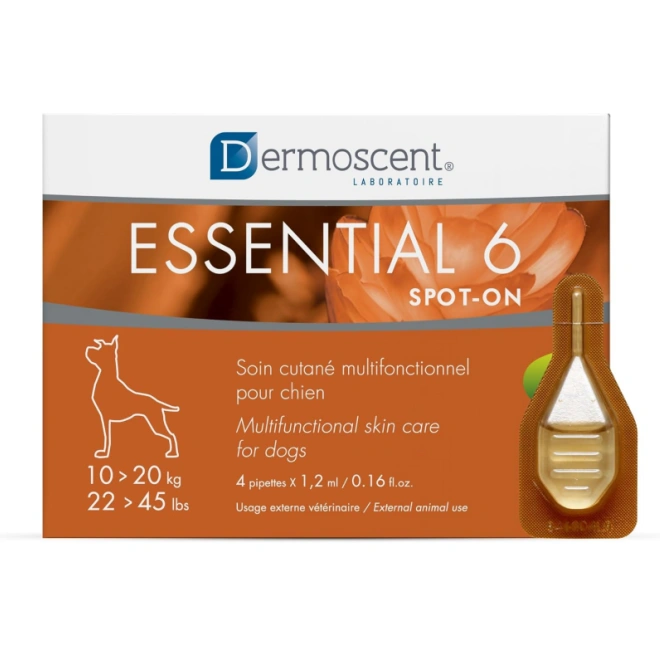








Leave a Reply